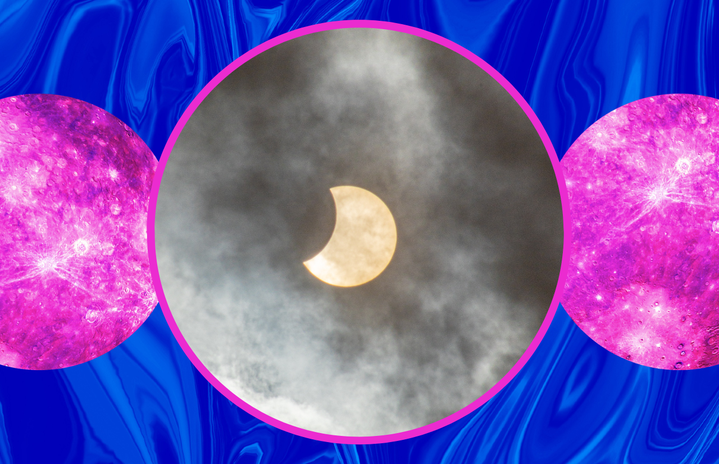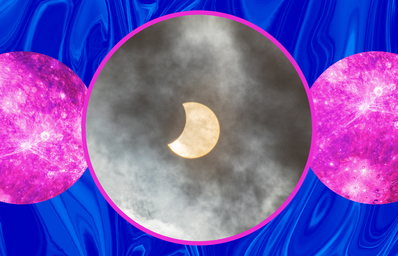On Monday, April 8, a total solar eclipse is going to pass over North America. Perhaps you’ve heard about the upcoming celestial event, or perhaps you’re happy to let the Sun and Moon mind their own business. Here’s the basics of what you need to know about the incredible phenomenon.
The earliest recording of the eclipse might be 3340 B.C.E.. Petroglyphs, or rock carvings, were found by archaeologists in Ireland depicting overlapping, concentric circles — possibly mankind’s earliest documentation of a total solar eclipse. Even now, scientists study solar eclipses carefully. The innermost part of the corona, the Sun’s outer atmosphere, is only visible during a total solar eclipse. Studying the corona during eclipses allows scientists to discover how heat and energy are transferred from the Sun out into the solar system.
With all the history and future surrounding the total solar eclipse, it’s no wonder it’s the talk of the town. But here’s the coolest part: did you know that you may actually be in the eclipse’s path of totality?
Totality refers to what may come to your mind when you think of the word “eclipse” — it’s when the Moon passes between the Sun and the Earth at just the perfect angle. For a brief moment, the Moon will totally cover the brightness of the Sun’s rays, covering us in darkness in the middle of the day. It’s a magical sight to behold, and the only phase of an eclipse you can view with the naked eye. Because we’re plunged into darkness for so long, the temperature can drop around 10ºF (5ºC) in places that experience a total eclipse, depending on weather conditions.
Only a few states are in the path of totality: Texas, Oklahoma, Arkansas, Missouri, Illinois, Kentucky, Indiana, Ohio, Pennsylvania, New York, Vermont, New Hampshire, and Maine. Small parts of Tennessee and Michigan are also in the path of totality. You can check out the NASA Eclipse Explorer to check out when and where the eclipse will reach totality near you.
If you’re on-campus at Kenyon right now, congratulations! You’re in the path of totality. Of course, the visibility of the total eclipse depends on the visibility in the sky. If the Sun is blocked by clouds (as it commonly is in Ohio), there won’t be as much of an effect as a clear, blue-sky day. In order to have a safe and enjoyable eclipse viewing experience, there are a few safety tips you should keep in mind:
- You MUST wear eclipse glasses or a handheld solar viewing device (check out this safe list that NASA put together) to look at the Sun before and after totality. The Sun’s rays will be extremely concentrated and can cause optical damage if you view them directly.
- If your glasses are scratched or damaged, do not use them.
- Do NOT look at the Sun before or after totality through a camera lens, telescope, or binoculars. The Sun’s rays will burn through the filter and can cause optical damage.
- Remember to wear SPF, a hat, and/or protective clothes to shield your skin from damage.
- If you are traveling, make sure you are taking food and drink safety precautions. Fill up that water bottle before you go!
Although the view of totality may be brief on April 8, there are still plenty of places on Kenyon’s campus to set up camp and stare at the sky. Sit outside Bexley or at the Observatory to view totality for a few seconds in the afternoon, and stop by the BFEC after for fun eclipse-themed activities. Happy eclipse!




